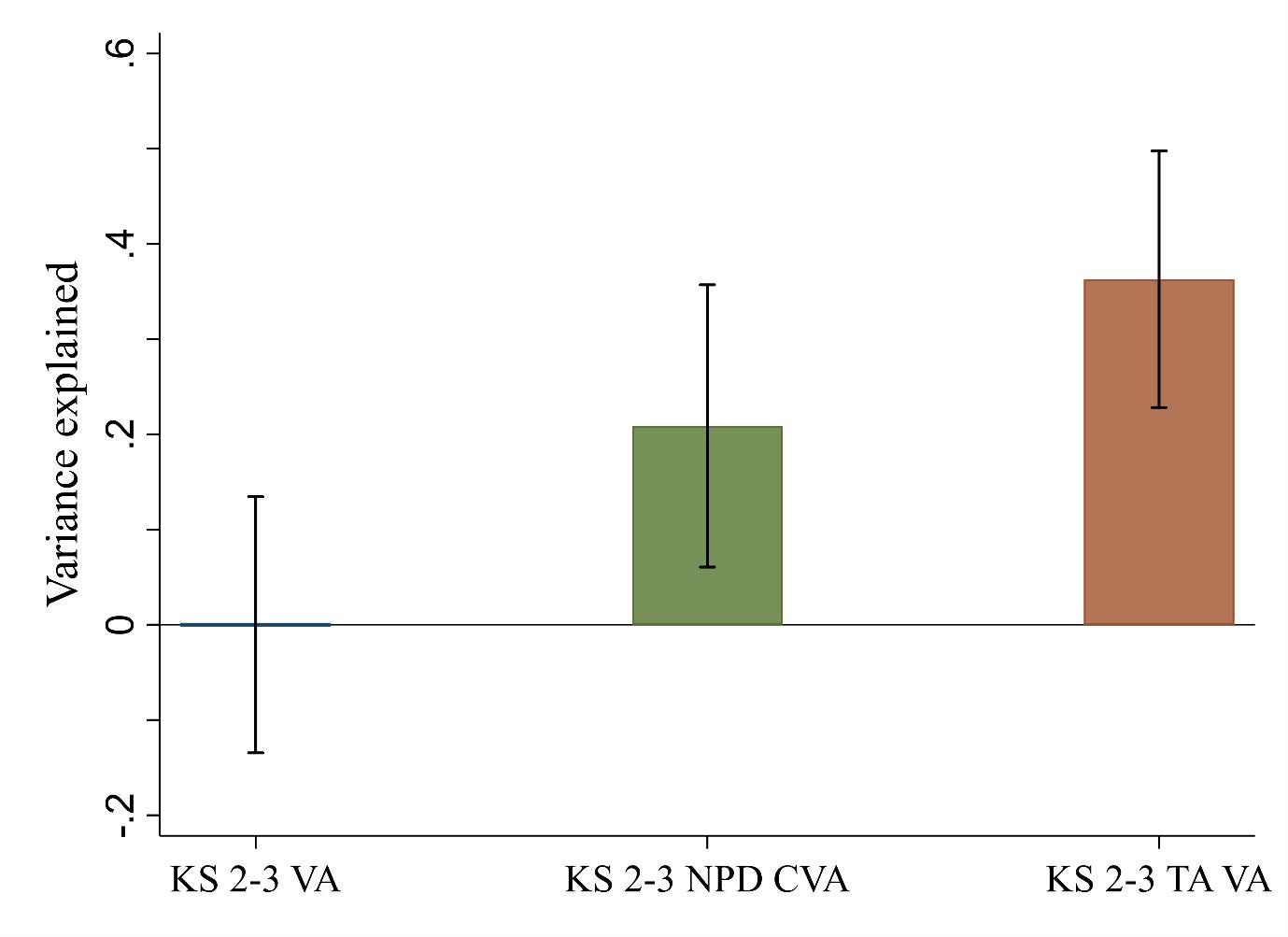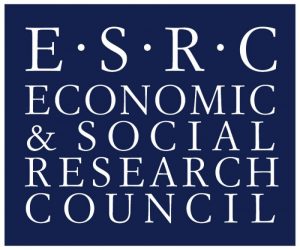Measures of school performance are biased by genetic differences between students

Some value-added measures reflect genetic differences between students and may misattribute pre-existing differences in pupil ability to school and teacher performance, leading to biased school league tables.
About the research
In England, value-added (VA) measures of educational progress have been in use since 2002 to inform school league tables, contributing to school accountability and teacher assessment.
They account for student prior performance to measure the contribution that schools and teachers add to a student’s educational progress on top of student’s ability.
However, their validity has been questioned because they may unfairly penalise schools depending on the composition of their intake.
Since 2016, the Government has assessed English schools using ‘Progress 8’, which is similar to previous value-added measures but calculated from a stricter set of subjects (Maths, English and six other ‘academic’ GCSEs). Whether
value-added measures are an accurate reflection of school and teacher performance is contested.
Our genes are set from conception and cannot be changed by our schooling.
They will therefore be unrelated to the performance of schools or teachers, and there should be no relationship between a student’s genetics and their value-added score if it accurately reflects only the contribution of schools and
teachers.
This research used genetic data from 6,518 participants from the Children of the 90s longitudinal cohort study alongside the UK National Pupil Database of exam results at ages 11, 14 and 16 to investigate if value-added measures are related to genetic differences between students.
Policy implications
• VA measures of educational progress have a genetic element and should not be assumed to control for all differences between students.
• Raw VA measures appear to be less prone to between-individual genetic differences than contextual VA measures. The new Progress 8 measure may therefore offer a better method for assessing the contribution of schools and teachers to a child’s education.
• School league tables should be used with caution as they may over or understate the effectiveness of schools depending on their student intake and the areas that they serve.
• Teacher-reported assessments of student ability are strongly associated with student genetics and should only be used as rough guidelines of student performance rather than for assessment of teacher performance, even as a contributory element.
• Further investment into data linkage and genotyping of existing cohort studies will facilitate assessment and evaluation of educational policy, not limited to performance measures.
• Genetic data can be used to provide new evidence for educational policy alongside traditional educational research methods.
Key findings
Differences in contextual value-added scores were associated with genetic differences between students, suggesting that they may misattribute student differences to school and teacher performance.
• Up to 20% of the variation in contextual value-added scores could be attributed to genetics (Fig. 1 KS2-3 NPD CVA).
• Value-added measures built from teacher-assessed student ability were more strongly associated with genetic background and could reflect unconscious teacher bias towards certain pupil characteristics.
• 36% of the variation in value-added measures created from teacher assessments was attributed to genetic differences between students (Fig. 1 KS2-3 TA VA).
• Very little of the variation in raw value-added measures could be explained by common genetic variation, suggesting that they were robust to genetic differences between students in our data sample (Fig. 1 KS2-3 VA).
The Children of the 90s cohort is largely representative of the UK population when compared with 1991 Census data; however, there is under-representation of some ethnic minorities, single parent families, and those living in rented
accommodation, and its participants are largely confined to the Bristol region.

Figure 1. Proportion of variation in value-added measures attributable to genetics
Policy Briefing 61: September 2018
PolicyBristol Briefing 61 Sept 2018 genetics school performance measures (PDF, 406kB)
Contact the researchers
Dr Tim Morris, MRC Integrative Epidemiology Unit, Bristol Medical School, University of Bristol tim.morris@bristol.ac.uk
Dr Neil Davies, MRC Integrative Epidemiology Unit, Bristol Medical School, University of Bristol neil.davies@bristol.ac.uk
Authors
Dr Tim Morris, Dr Neil Davies, Dr Rebecca Richmond, Professor George Davey Smith (University of Bristol), Professor Danny Dorling (University of Oxford)



